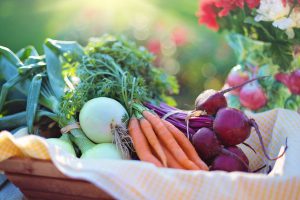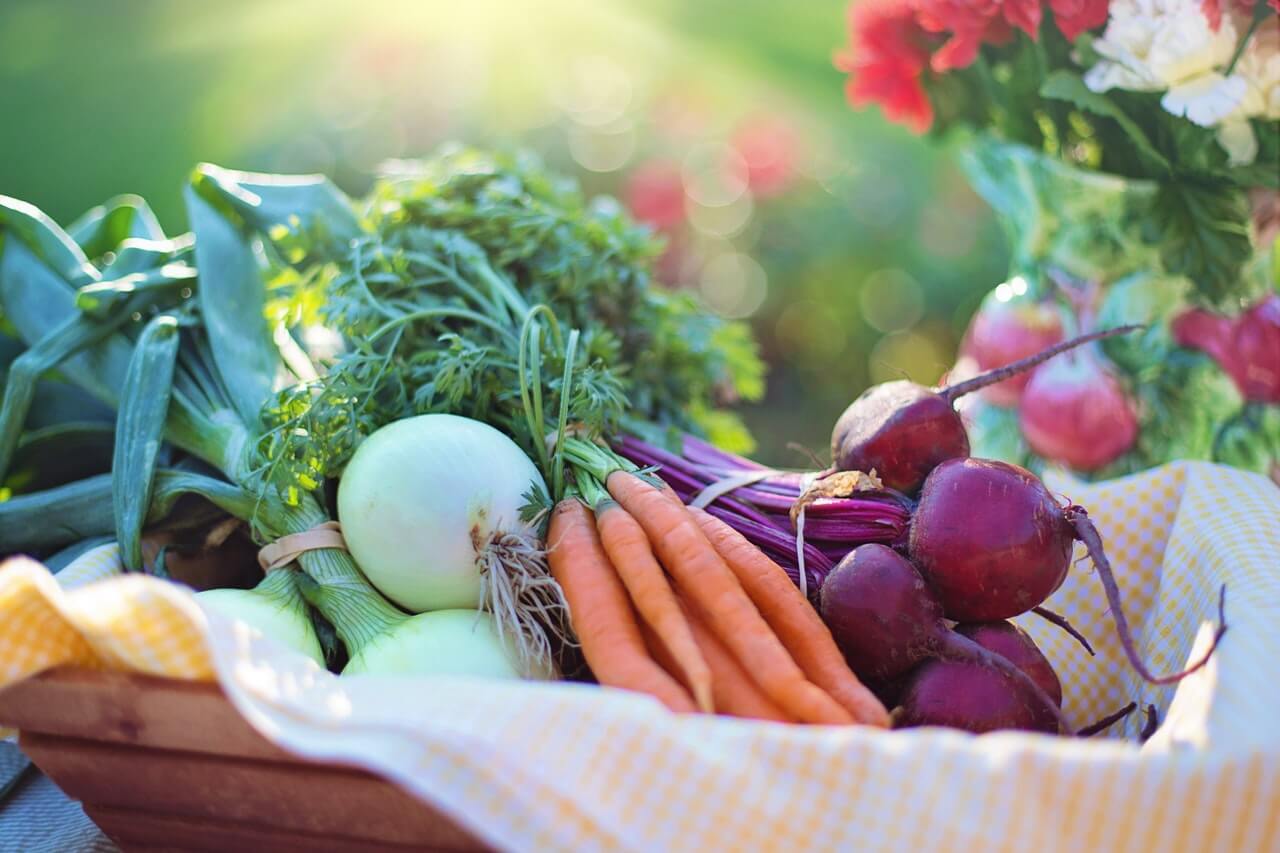 American’s waste 30-40% of their food supply each year.1 To gain more perspective on the issue, about 40 million American’s struggle with hunger, including 12 million children.2 According to The United States Environmental Protection Agency, “About 94 percent of the food we throw away ends up in landfills or combustion facilities.”3 It is pretty clear we have a food waste issue and each of us contributes to some degree. Thankfully, there are practical ways we can reduce food waste that even come with a few perks. Here are three easy habits you can implement into your routine.
American’s waste 30-40% of their food supply each year.1 To gain more perspective on the issue, about 40 million American’s struggle with hunger, including 12 million children.2 According to The United States Environmental Protection Agency, “About 94 percent of the food we throw away ends up in landfills or combustion facilities.”3 It is pretty clear we have a food waste issue and each of us contributes to some degree. Thankfully, there are practical ways we can reduce food waste that even come with a few perks. Here are three easy habits you can implement into your routine.
Store your food the right way
It may seem like common sense, but food storage is actually a complex science. Many types of produce require different storage methods based on light, temperature, and moisture level to increase shelf life and maintain freshness. First and foremost, produce stores best when it is in season. For example, focus on seasonal vegetables such as acorn or butternut squash during the winter. Certain fruits, like apples, produce a gas called ethylene that causes them to ripen faster. This is why it is important to store them away from other produce or put under ripe items in bag with apples to speed up ripening process.
There are three ways to store fruits and vegetables: chilled in the refrigerator, on the counter at room temperature, or a combination of both. As a general rule, berries should be store in the refrigerator along with grapes, and apricots. Fruits that can be stored at room temperature include bananas, citrus fruits, and mangoes. Some fruits should be ripened first before storage including avocadoes, kiwi, peaches, and plums.4
Vegetables tend to be a little hardier, however that doesn’t mean you should let them lounge around. Vegetables that should be stored in the refrigerator include artichokes, beets, broccoli, cabbage, leafy vegetables, mushrooms, radishes, and sweet corn. Vegetables that can be stored in the pantry include pumpkins, potatoes, tomatoes, eggplants, and peppers.4
Use all parts of the produce
Embrace the root-to-stalk way of life! Root-to-stalk cooking refers to utilizing the whole piece of produce instead of just part of it. It may sound odd, but you can use more than just the flesh of fruits and vegetables. In fact, you can cook with kale ribs, watermelon rinds, corn cobs, and the tops of leeks!5 Not sure exactly how to utilize the “scraps”? Here are a couple ways you can get going.
- Make stocks out of tops, bottoms, and washed leaves of vegetables, or of bones and discarded meat scraps.
- Use stems and leaves to flavor dishes such as chopped carrot tops, beet leaves, shaved broccoli stems, or pickled kale stems. Want to add some more flavor? Sautee them in olive oil or butter before adding to a dish.
- Want to add a little more zingto your food? Cucumbers aren’t the only vegetable you can pickle. Pickling is a great way to tenderize food. Try cabbage stems, chard ribs, and even watermelon rind.
- Do be sure to conduct research before you jump in completely; some scraps aren’t perfectly healthy. Avoid rhubarb leaves, green potato skins, and seeds and pits.
- Keep unused scraps in a tub or bag in your freezer until you are ready to use them.
Plan your meals
Meal planning is the single best way to ensure that you don’t waste excess food. It’s easy to buy more food than we really need or buy ingredients that we don’t end up using in time. At the beginning of the week, take some time to write a shopping list with a cookbook nearby. Don’t embark on a shopping trip without a plan. Keep time in mind as well! If you are going to make one large shopping trip per month, rather than a few smaller ones, be sure to have a plan for your fresh items. If you do go long periods between shopping trips, you can freeze your perishable items or make freezer meals in advance to ensure you don’t end up tossing them.
Sources:
- Frequency Asked Questions. United States Department of Agriculture. https://www.usda.gov/oce/foodwaste/faqs.htm. Accessed October 8, 2018.
- Facts about poverty and hunger in America. Feeding America. https://www.feedingamerica.org/hunger-in-america/facts. Accessed October 8, 2018.
- Reducing Wasted Food At Home. United States Environmental Protection Agency. https://www.epa.gov/recycle/reducing-wasted-food-home. Accessed October 4, 2018.
- Storing Fresh Fruits and Vegetables for Better Taste. UC Davis Postharvest Technology. http://ucce.ucdavis.edu/files/datastore/234-1920.pdf. Accessed October 4, 2018.
- Food Trends: The Story on Root-to-Stalk Cooking. Food & Drink Resources. https://www.foodanddrinkresources.com/root-to-stalk-cooking/. Accessed October 4. 2018.

